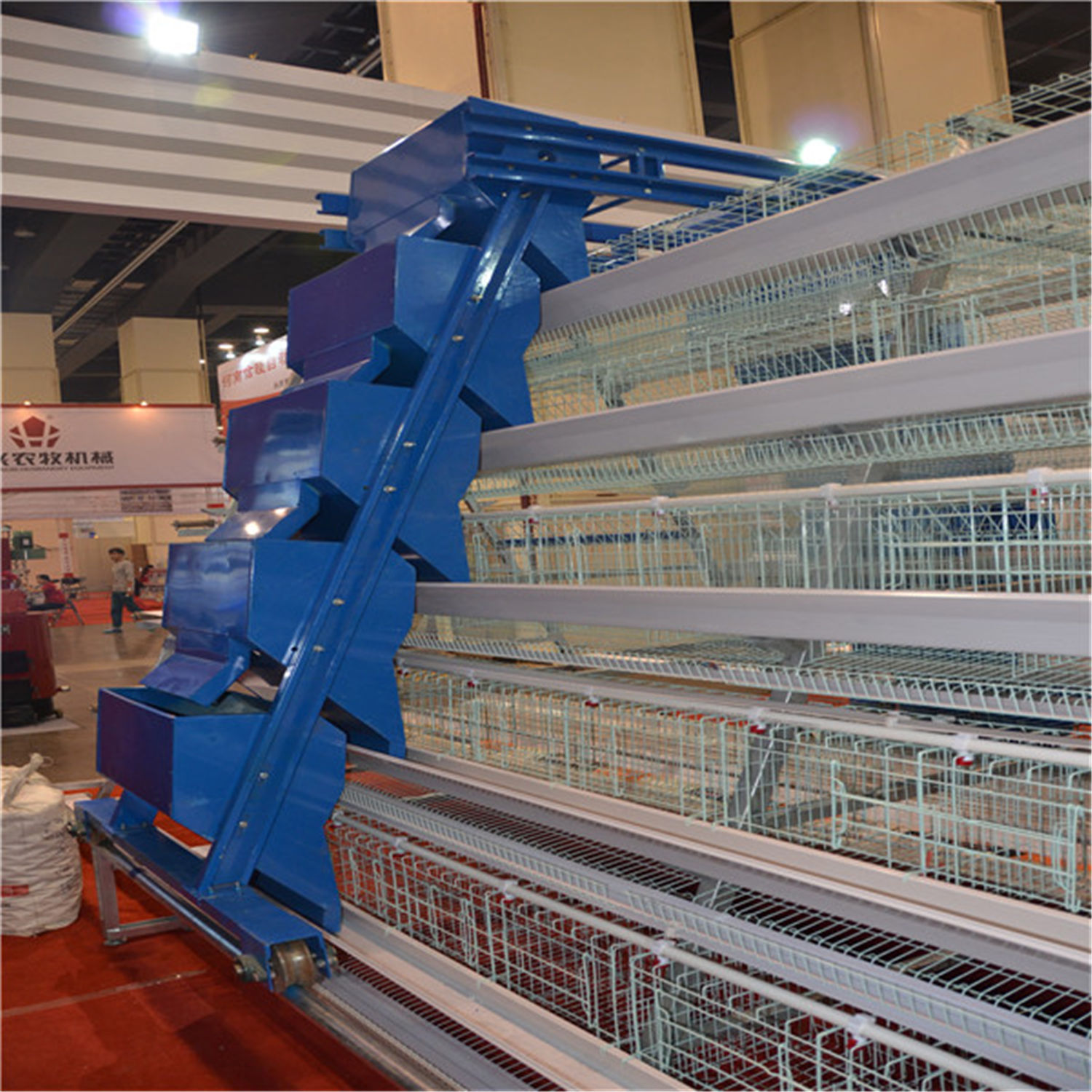When large-scale chickens are raised, should be use layer chicken cage to raise chickens. This will not only increase the utilization of space, but also reduce the chances of chickens being sick. At the same time, it is easy to implement mechanized management, saving manpower and reducing labor intensity. So how should chickens and chickens be kept and managed?
Full-step 3-layer egg cage with 3-4 chickens per cage. This kind of 3-layer cage, chicken manure can be directly landed, no need to install the manure board and the manure device, it is suitable for large-scale chicken adoption. Breeding chickens should be reared from human egg cages at 17-19 weeks of age. Use enough time to familiarize yourself with the environment before starting production and recover from migration stress as soon as possible. Before broiling chickens, they should be ill, weak and have sputum, rectal prolapse, and licking chickens. Carry out single cage feeding or elimination. Egg cage chickens are generally fed with full-price compound feed or concentrated feed purchased from the market, supplied as dry powder, and sufficient vitamins and trace elements must be added to the feed. At 12 weeks before the start of production, the broiler chicken diet should be changed to the laying hen diet. The diet supply method is free-feeding and is full. Free feeding (unlimited) has been maintained until the peak of egg production.
In order to reduce the waste of feed, do not add more than 1/3 of the depth of the feeding tank each time. In addition, cage laying hens should be regularly fed with gravel, and each hundred chickens should be fed 250–35 per week. Gravel gravel. It is good to use granite gravel, and the size can be eaten. The amount of grit feed should be fed within 1 day. If granulated shells have been added to the diet, the gravel can be fed or fed less. Strictly prevent the infinite amount of feeding gravel, otherwise it will cause hard sputum. Cage laying hens should supply sufficient clean drinking water.
The cage chickens have a high density, and the chickens have a high body temperature. At about °C, the metabolism is strong. At the same time, the cages are raised. The higher the temperature, the more water the chicken exhales, the water evaporated by the water and the chicken manure. The relative humidity in the house is also large. To this end, it is necessary to install a better air exhaust device to ensure the fresh air and proper relative humidity in the house. The chicken cage is used for raising chickens, and the weight during the egg laying period generally tends to increase. However, in the hot weather, the appetite is low, and the idea should be to let the chickens eat. Keep the weight of the laying hens. If the body weight is significantly higher than the standard of this breed, it should be limited in some way during the laying stage. If the weight is reduced, it means that the feeding is insufficient and the feeding amount should be increased.
The temperature of the house should be moderate. The suitable temperature for laying hens is 8–280C. It is necessary to do a good job of preventing heatstroke and cooling, and keeping warm and cold; reasonable lighting. Artificial lighting should be carried out so that the laying hens have 16 hours a day (natural light plus illumination). The time for turning on and off the lights for artificially assisted illumination should be fixed to keep the light in the poultry farming equipment and the chicken cage stable. Otherwise, the eggs will be reduced.
